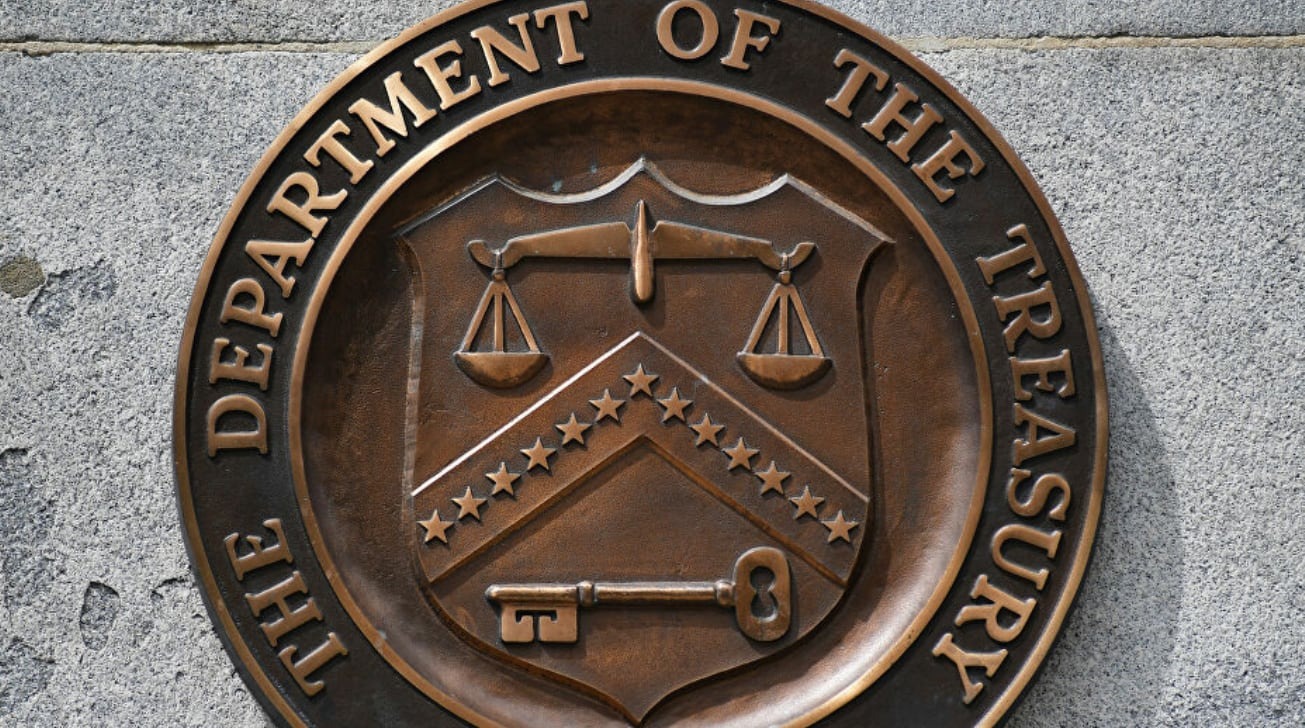The Cybersecurity Burnout Crisis: A Call to Action
The world of cybersecurity is in turmoil, facing an alarming crisis of burnout among its leaders. As threats evolve and multiply, those in charge are feeling the pressure like never before. A recent study by BlackFog reveals troubling statistics: nearly 25% of Chief Information Security Officers (CISOs) are contemplating leaving their posts, with an overwhelming 93% attributing this dissatisfaction to relentless stress.
 Increased pressure on cybersecurity leaders leads to burnout.
Increased pressure on cybersecurity leaders leads to burnout.
The Growing Demands of Cybersecurity Leadership
Today’s landscape demands not only vigilance but also a monumental effort in time and resources. A staggering 98% of CISOs admit they frequently work beyond their contracted hours, logging an average of nine extra hours weekly. As one CISO shared, “It’s a never-ending cycle of crises; as soon as we mitigate one threat, another emerges.” In extreme cases, some professionals are pushing the limits, putting in over 16 additional hours each week.
This overload isn’t just an isolated issue; it’s indicative of a broader organizational failure to recognize and address the realities faced by security teams. As businesses continually invest in new technologies to combat threats, a host of leaders chasing their tails with minimal support is a recipe for disaster.
Evolving Cyber Threats: More Than Just Work Hours
The nature of cyber threats has taken a significant leap forward, particularly with the rise of AI-driven attacks that add to the stress. Traditional threats like phishing remain a concern, but nearly 42% of security leaders express their greatest anxiety about the pervasive rise of AI-enabled assaults. Ransomware, too, continues to loom large, identified as a chief concern by 37% of respondents.
The reality is that cybersecurity professionals find themselves perpetually reacting, spending valuable time and energy extinguishing fires rather than developing proactive strategies. This shift in focus not only diminishes morale but also challenges the efficacy of organizations’ defenses.
Personal Costs: The Human Element of Burnout
Perhaps more troubling is the human toll that this environment of stress is taking on these leaders. According to findings from BlackFog, an alarming 93% of CISOs contemplating departure cite workplace stress as a primary driver. While 86% prioritize physical wellness through various coping mechanisms like exercise, nearly half report turning to drugs or alcohol in efforts to handle the mounting pressure.
With mental health concerns already at a critical level within the workforce, the growing substance abuse problem reflects a dire need for organizations to step up and provide adequate support. Leaders should feel equipped to lead—not crushed by overwhelming expectations.
The Organizational Imperative: Strategies to Combat Burnout
Addressing this burnout crisis must become a priority for any organization that values its talent and recognizes that cybersecurity is not merely a technical issue but a human-centric challenge. Innovative organizations are starting to implement flexible scheduling policies, and about 64% of security leaders reported being offered such arrangements. However, more must be done.
Organizations need to invest in mental health resources, training, and create a culture that acknowledges the emotional strain imposed on security professionals. As one cybersecurity director aptly put it, “If we want to stave off turnover, we must be proactive in supporting our teams—not just reactive when problems arise.”
 Supporting our cybersecurity team is paramount for organizational security.
Supporting our cybersecurity team is paramount for organizational security.
The Path Forward: It’s Time for Change
In conclusion, the position of a CISO today is akin to being thrust into the eye of a hurricane, with challenges swirling in every direction. It is incumbent upon organizations to lead with empathy and innovation, fostering environments where leaders feel supported and empowered to tackle today’s complex cybersecurity landscape.
The stakes are high, and while the current data is sobering, it also serves as a clarion call for change—one that leaders must heed if they wish to preserve not only their teams but the integrity of their overall security posture.
Let’s start a conversation about how we can drive meaningful change in our organizations, supporting those on the front lines of our digital defenses. To learn more about the ongoing trends in cybersecurity, follow updates on the latest practices and tools at BlackFog.
For further insights, connect with me on LinkedIn or visit my website.


 Photo by
Photo by 









